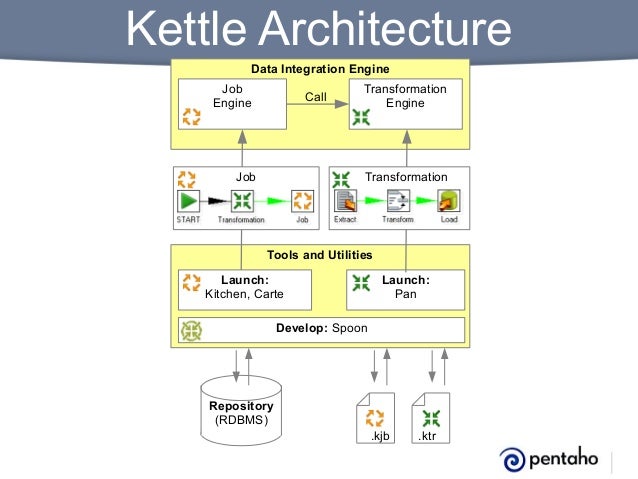

Performance management, maintenance, security, efficiency, available resources, and database Each of the approaches above can beĬombined into a single, flexible solution to data multi-tenancy.Įach database implementation has advantages and disadvantages, based on factors of This approach is very flexible, but the data to restrict onĬombinations of sharding, striping, and data model. Tenancy is controlled at the data level where different tenants (or sub-tenants) are Note that with this approach, databases can become very large. This approach has the advantage of managing only a Tenants share a database, but the tables have a tenant ID column to indicate which Multiple databases and servers will need to be managed. This approach has the advantage ofĬontrolling per database and ensuring data is separated. Here are the most common methods for data multi-tenancy in Pentaho Business Analytics.Įach tenant has its own database or schema. ForĮxample, each tenant might only be allowed to see data which is associated with their tenant Multi-tenancy allows developers to apply their own custom data access rules at run time. The most common category of multi-tenancy is data multi-tenancy. Http :///display/ServerDoc2x/Using+System+Actions+to+Control+Data+Access Parent Topic You should be familiar with the Pentaho BI Platform, creating action sequences and SQL The following document illustrates techniques forĬontrolling access to data used in action sequences in the Pentaho BI Platform. You can use an action sequence to add an indicator to the user's session which identifies The downside is that anĪction sequence is required, which means understanding a new This approach is that the action is called by the scheduler. A session startup action that is run when a user session is created.

Users will be scheduling their own content, this approach will not work because the SSO This approach has theĪdvantage of requiring a single point to set user ID, roles, and tenant info.

Identifiers is accomplished through one of the following approaches: Such as geographic region or business unit. Other approaches include associating users with some data, Specific role to users who belong to the same tenant or to designate a session variable System, you need to associate users to a tenant. Since these approaches are data model and data-driven, they areīefore you can apply multi-tenancy to your Pentaho The combination of user information and data make the multi-tenancy approachesĭescribed here possible. Similarly, there must be something in the data that can be used to restrictĪccess. With tenants via roles, tenant IDs, or other identifiers which indicate what content andĭata users see. There are two required components to make multi-tenancy work. Presents different styles of the user interface for each tenant. Separates content, such as reports and folders, among tenants. Pentaho has three categories of multi-tenancy:Īllows developers and integrators to apply custom security and business rules to Taking advantage of Pentaho’s multi-tenancy capabilities can provide sophisticated analytics while Parent Topicĭesigned to work as a stand-alone, multi-tenant solution or embedded as part of a multi-tenant The focus of this article is to explain how multi-tenancy is achieved using Pentaho Enterprise Business Analytics software.
WHAT IS PENTAHO DATA INTEGRATION SOFTWARE
On maintaining separate copies of the software to serves separate clients. Note that multi-tenancy differs from multi-instance architecture which is based Each tenantĬan be restricted to see only her own secure data and content while using the same software. A provider defines the rules for the tenants within the system. Share infrastructures, applications, or databases to gain performance advantages while In a multi-tenancy architecture, customers Individuals or groups are referred to as tenants. Instance of a software application, but have separate data and content. Multi-tenancy is an architecture in which individuals or groups share the same


 0 kommentar(er)
0 kommentar(er)
